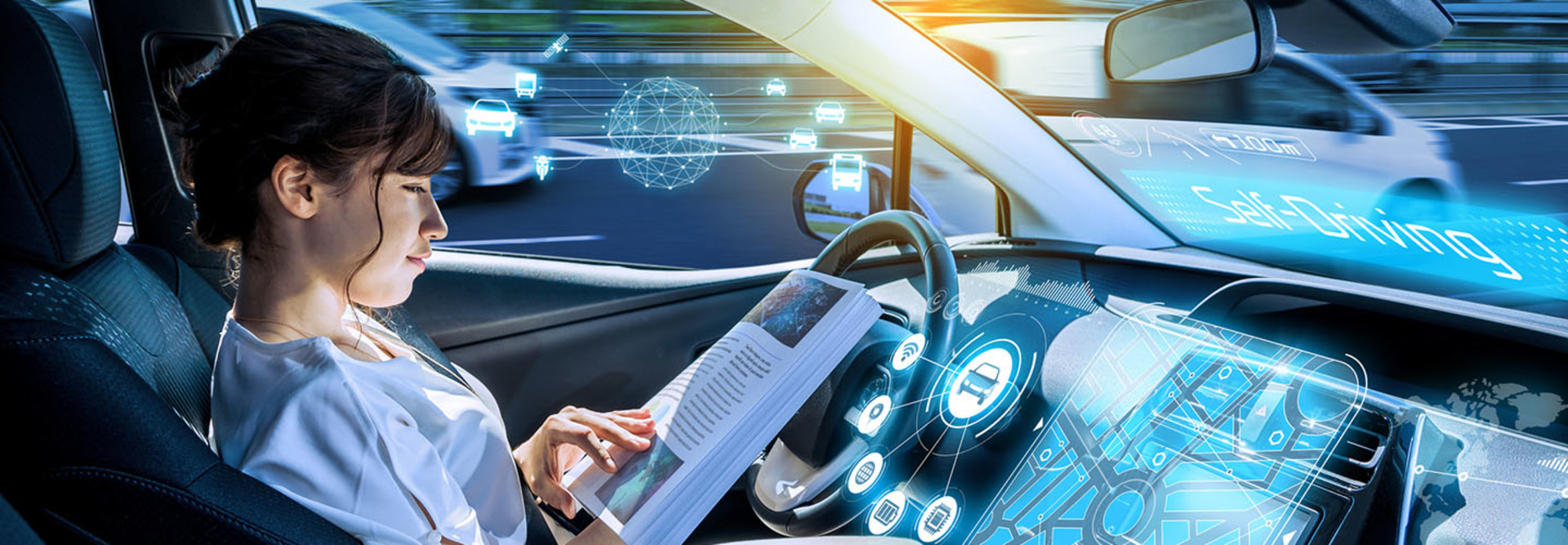How Local Agencies Can Manage the Mobility as a Service Boom
Traffic and transportation issues (think gridlock and lack of parking) are plaguing cities worldwide and will likely get worse as urban populations spike in coming years. But luckily for urban residents, cities are beginning to embrace new mobility options, like Mobility as a Service and autonomous vehicles, which are apt to change how our streets operate, according to several new reports from Deloitte around governing the future of mobility and the rise of MaaS.
So how are mobility options changing?
With Apps and Data, Public Transit Gets a Revamp
It may be easier to list what isn’t changing.
“Gaps in public transportation services have fueled a growing army of small-scale private providers, each offering a specific service: parking, carpooling, peer-to-peer car clubs, ride-hailing, or on-demand bus rides,” the Deloitte report, “The Rise of Mobility as a Service” notes, adding that typically, “each operator requires its own app, with a separate interface and payment mechanism, and each service maintains its own customer relationships.”
In cities, buses are changing in nearly every way imaginable, from on-demand buses in San Francisco that crowdsource routes based on users’ desired pick-up and drop-off locations to on-demand bus services that dynamically plot routes automatically, which are already operating in Boston, Washington, D.C., and Kansas City, Mo.
Additionally, bike-share programs are proliferating —1,000 such schemes are now available where, in 2004, just 11 cities had programs, the report notes. And ride-hailing services like Uber are becoming more popular each day.
But with apps fueling all of these new mobility options, cities will need to ensure they have robust broadband infrastructures, including: “widespread penetration of smartphones on 3G/4G/5G networks; high levels of connectivity; secure, dynamic, up-to-date information on travel options, schedules, and updates; and cashless payment systems,” the report finds.
Enabling robust infrastructure requires immense cooperation and collaboration from across the mobility ecosystem, including mobility management players, telecommunications operators, payment processors, public and private transportation providers, and local authorities responsible for transportation and city planning.
Autonomous Vehicles Take to the Streets
Perhaps the most significant change on the horizon, however, is that autonomous vehicles are coming. Former Transportation Secretary Anthony Foxx told The Verge last year that by 2021, “we will see autonomous vehicles in operation across the country in ways that we [only] imagine today … Families will be able to walk out of their homes and call a vehicle, and that vehicle will take them to work or to school.”
Research firm IHS Automotive predicted last year that there will be nearly 21 million autonomous vehicles sold annually in 2035 and 76 million vehicles with some level of autonomy will be sold by 2035. Moreover, state regulations are making way for driverless car tech in Virginia and Ohio, while cities like Beverly Hills, Calif., Columbus, Ohio, and Pittsburgh, Pa., are forming partnerships to help push the technology to maturity.
Moreover, a recent report by Intel predicts that business use alongside emerging transportation for tourism, healthcare, entertainment and more will contribute to the passenger economy driving $7 trillion revenue in 2050 — a year in which driverless cars will “account for nearly 50 percent of all vehicles sold.”
How to Regulate the Coming Autonomous Vehicle Revolution
What role will the government have in shaping that world? According to the Deloitte report “Governing the Future of Mobility,” a potentially big one, depending on how agencies approach the technology. State agencies will need to interact with the federal government, cities, private companies, academics and others as new mobility models are developed.
The Deloitte report highlights three main ways in which the government has a stake in shaping this debate:
Keep the streets safe: As policymakers and regulators, agencies can ensure public safety and bolster cybersecurity as companies and state and local governments navigate the world of autonomous and semiautonomous transportation. “The policies and regulations the federal government creates and implements can have make-or-break impacts on the maturation of mobility innovations,” the report states.
Fund autonomous research: As researchers and developers, they can help foster technological innovation, Deloitte notes, and government research dollars can significantly influence the market. Researchers can also “serve as important arbiters balancing technological development with public safety and security as citizens adopt these new technologies.”
Invest in infrastructure: As end users, “agencies can improve government-operated vehicle fleets, invest in new related infrastructure, and spur state and local adoption of autonomous vehicles, shared mobility, and other new types of travel through their procurement decisions,” the report adds.










